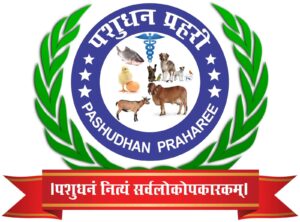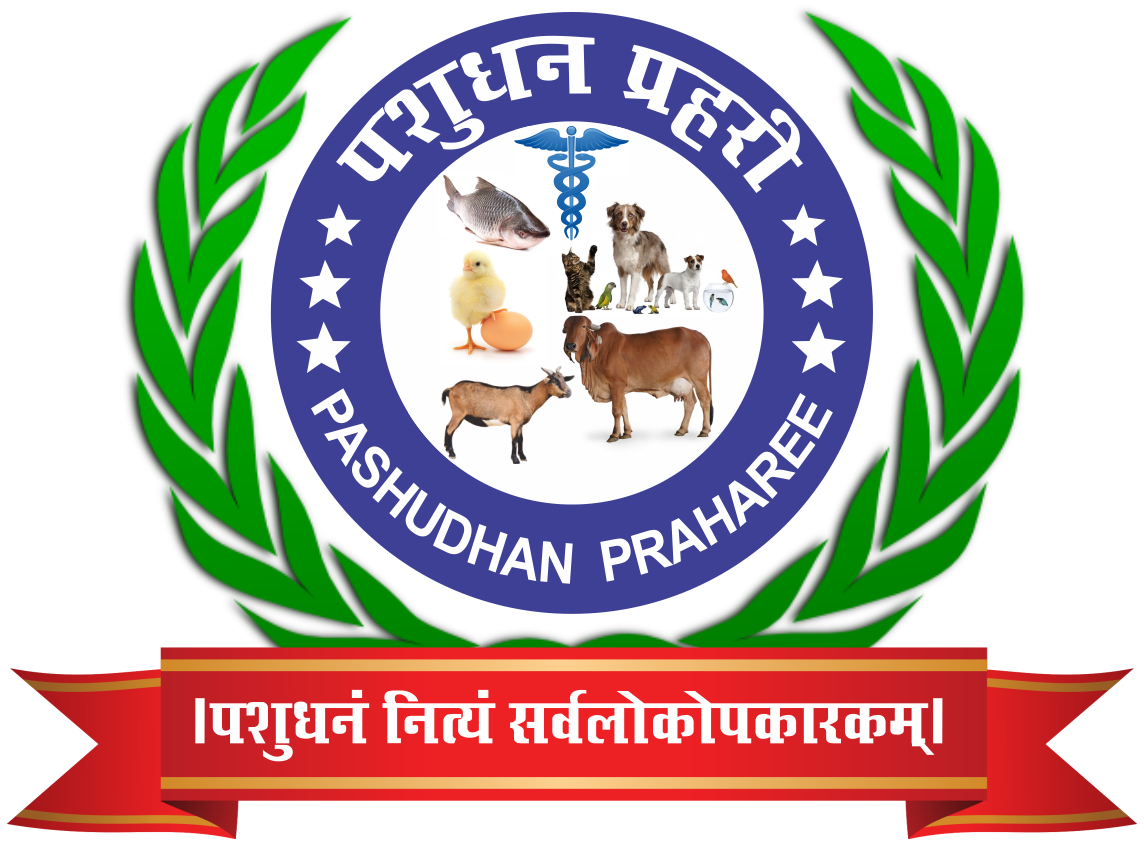KOSALI: INDEGENOUS BREED OF KOWSHAL REGION
ABHISHEK RAJPUT, S.P. INGOLE, DURGA CHAURASIA, SHIVESH KUMAR DESHMUKH, BHUPENDRA KUMAR DEWANGAN,
Department of Veterinary Anatomy, College of Veterinary Science & A.H., Anjora, Durg (C.G.), Dau Shri Vasudev Chandrakar Kamdhenu Vishwavidyalaya, Durg.
Abstract- Livestock is critical to the developing world’s agricultural and rural economies. With 40 well-known cattle breeds, India has huge animal genetic resources. Livestock is raised as part of mixed agricultural systems in Chhattisgarh and is directly tied with the farming community’s socioeconomic and cultural character. Approximately 70% of farmers use Kosali animals for milk and agricultural operations. Finally, Kosali cattle are well adapted to the region’s existing agro-climatic conditions. They have exceptional heat tolerance and illness resistance and may thrive in spite of the state’s low feed supplies. Appropriate breeding strategies, management, and conservation models should be developed to improve the breed as a whole.
Keywords – Kosali, Breeding, Feeding, Management Practices.
INTRODUCTION
The Kosali is Chhattisgarh’s first cattle breed, and it has been registered as the 36th cattle breed (Accession No. INDIA_CATTLE_2600_KOSALI_03036). Kosali is named after Kowshal, the historical name of Chhattisgarh’s core area. Kosali has been bred through generations and is noted for its great disease resistance and heat tolerance (Jain et al. 2018). Kosali cattle are primarily concentrated in the central plain region (15 districts) of the state, which covers 68.49 lakh hectares and has a population of 31.32 lakh people. It is located between latitudes19.8 to 22.7ºN and 80.3 to 83.6ºE, latitude and longitude respectively, (Jain et al., 2018). This region’s Yadava and Rawuth farmers have been keeping this breed alive for decades (https://saveindiancows.org/kosali). The average milk supplies each lactation is 210 kg, with a milk fat percentage of 3.5. Lactation yields range from 200 to 250 kg, with an average fat percentage of 3 to 4.5. (https://www.dairyknowledge.in/article/kosali).
These animals are kept under a strict control system. They are given ‘kaccha’ housing, which protects the animals from cold, rain, and storms. These cattle are permitted to graze during the day but are confined at night. They are fed singly or in groups. They are usually permitted to graze for food. Farmers also provide them with locally sourced fodder. For extra nutrition, breastfeeding and extremely pregnant animals are fed concentrates.
Characteristics:
- This is a small but tough breed.
- Two-thirds of the cattle have a light red coat, while the other one-third has a whitish grey coat. Only a handful of them have coats that are black or have red and white streaks of color.
- The head is large, with a flat and straight forehead.
- The hump is tiny to medium in size.
- The legs are straight, short, and robust, with strong fetlock joints.
- The hooves are sturdy and powerful, and black in color.
- The horns are stumpy, emerging straight from the polls, then curving outward, upward, and inward.
- The udder is tiny and bowl-shaped.
The muzzle, eyelids, and tail switch are all black.
- The average male height is 121 cm, and the female height is 103 cm.
- The average male body length is 126 cm, while the female body length is 102 cm.
- The average male body weight is 260 kg, while the female body weight is 160 kg.
- The average male chest girth is 152 cm, while the female chest girth is 125 cm.
- The average lactation production is 210 kg.
- The average milk fat content ranges from 3% to 4.5%.
The Kosali cattle are kept for their draught ability, as well as their milk and dung. Despite the fact that these cows are poor milkers, the majority of farmers use their milk for personal consumption.
Bullocks are well-known for their work qualities and efficiency in carrying out all agricultural chores in paddy fields.
Reproductive performances of Kosali cattle
1-Age of sexual maturity, oestrous cycle and oestrus duration
The mean age of the first estrus, duration of estrus cycle, sexual maturity and time of estrus were 34.17±0.75 months, 41.17±3.279 days, and 14.45±0.27 hours, respectively. (Mukasa-Mugerewa1989)
2-Age at first fertile mating (AFFM) and calving (AFC)
The average age at first calving is a major factor in milk output. AFC can be advanced or delayed by a variety of reasons. Rates of prepubertal growth, development of reproductive organs, and the initiation of puberty, and future fertility are all determined by environmental influences, particularly balanced nutrition. Farmers in Chhattisgarh state provide Kosali cows with substandard nutrition and bad management. This could be one of the reasons for the delayed calving intervel. As a result, it’s an urgent need to improve this feature in the dairy sector (Jain et al., 2018).
3-Calving Interval (CI)
Bachaur’s calving interval range and pooled average are comparable. (Chandran et al., 2014) and Sanchori (Singh et al., 2015) cattle and significantly less than Manipur and Mizoram (Pundir et al., 2015a, Pundir et al., 2015b), Khariar (Dhal et al., 2007) and Malnad Gidda (Singh et al., 2008) cattle. In cattle, it is more advantageous to have one calf per year. The complete number of calvings during whole life and total milk output decrease as the CI increases. Calving interval is regulated by cow age and breed, season of calving, and feed and fodder availability in any given year (Yifat et al., 2012).
Male reproductive traits
The ages of first ejaculation and first mating were discovered as 41.54±1.14 and 51.3±1.05 months. (Jain et al., 2018)
Production performance
1-Lactation milk yield
The time it took to attain highest performance ranged from 31-46 days.Yield of lactation was 210.5±4.20 kg on average, ranging from 180-220 kg. Kosali cows produce less milk than the national average for Indigenous cows. Lactation milk output is affected by genetic group, herd size, calving season, and parity (Kumar et al., 2014). Duration of lactation and dry period under rural management settings on the breeding tract, the average length of lactation and dry period were 231.7±9.11 and 190.6±8.23 days, respectively.
2-Composition of milk
Milk’s major components are fat percentage, SNF, lactose, protein, and so on. This corresponds to other Indian cattle breeds. Milking is performed twice a day in rural areas, from 6:30 to 8:00 a.m. in the morning and 6:30 and 8:00 p.m. in the evening. The practise of weaning is not performed throughout the breeding tract, presumably to ensure milk let down by suckling. Suckling occurs after milking as well. Because of the small teats, milking is usually done by pressure of thumb or knuckling rather than full hand milking. (Jain et al., 2018)
Socioeconomic status of farmers – Occupation and Income
Agriculture and livestock raising are the two most important sources of income in the study area. Farmers/livestock keepers are no longer solely reliant on farming, crops, or livestock units for a living, but have also worked in agribusiness, private work and low-income employment, shopkeepers, labour, and as workers. Agriculture was the most common occupation among cattle owners (68.44%), followed by agriculture and labour. The yearly income of livestock owners under study was less than thirty thousand dollars in 79% of cases, indicating that the livestock owners are from low-income families, with only 4.64% earning more than fifty thousand dollars per year. (Jain et al., 2018)
Projects of central and state government on Kosali cattle
Rashtriya Gokul mission
Since December 2014, the Rashtriya Gokul Mission (RGM) has been working to create and conserve indigenous bovine breeds. The initiative is critical for increasing milk output and bovine productivity in order to fulfill rising milk demand and make dairying more profitable for the country’s rural farmers. The scheme is also extended from 2021 to 2026 under the umbrella scheme Rashtriya Pashudhan Vikas Yojna, with a budget of Rs.2400 crore. The RGM will result in increased productivity and program benefits, which will spread to all cattle and buffaloes in India, particularly among small and marginal farmers. This scheme will also benefit women in particular, as women perform more than 70% of the labour in cattle production.
REFRENCES
Chandran P, Dey A, Barari S, Kamal R, Bhatt B, Prasad R (2014) Characteristics and performance of Bachaur cattle in the Gangetic plains of North Bihar. Indian Journal of Animal Sciences 84: 872- 75
Dhal BK, Patro BN, Rao PK, Panda P (2007) Khariar cattle an indigenous germplasm of Nuapada in the undivided Kalahandi district of Orissa. Indian Journal of Animal Sciences 77: 889–93
Jain A, Barwa DK, Jain T, Singh M, Mukherjee K, Gendley MK (2018b) Geographical distribution, management practices and utility of Kosali cattle at native tract. International Journal of Science, Environment and Technology 6 (6): 3420-26
Jain A, Barwa DK, Singh M, Mukherjee K, Jain T, Tantia M S, Raja KN, Sharma A (2018a) Physical characteristics of Kosali breed of cattle in its native tract. Indian Journal of Animal Sciences 88 (12):1362- 65
Jain, A., Barwa, D. K., Singh, M., Mukherjee, K., Jain, T., Tantia, M. S., … & Sharma, A. (2019). Reproductive and productive performances of Kosali cattle in its native environment. Indian Journal of Dairy Science, 72(2), 182-185.
Kumar N, Yemane A, Berihu G and Desalew TT (2014) Production performance of dairy cows under farmer’s management in and around mekelle, Ethiopia. Global Veterinaria 12 (2): 207-212
Kumar N, Yemane A, Berihu G and Desalew TT (2014) Production performance of dairy cows under farmer’s management in and around mekelle, Ethiopia. Global Veterinaria 12 (2): 207-212
Mukasa-mugerewa E (1989) A review of reproductive performance of female Bos indicus (Zebu) cattle, International Livestock Centre for Africa (ILCA), monograph, Addis Ababa, Ethiopia
Pundir R, Singh P, Dangi P, Kumar A, Singh N, Singh P, Sadana D (2015b) Indigenous cattle of Manipur- Characterization and performance evaluation. Indian Journal of Animal Sciences 85:382-85
Singh PK, Pundir RK, Manjunath VK, Rudresh BH, Govindaiah MG (2008) Features and status of miniature indigenous germplasm of cattle – Malnad Gidda. Indian Journal of Animal Sciences 78: 1123–30
Yifat D, Bahilibi W and Desie S (2012) Reproductive Performance of Boran Cows at Tatesa cattle breeding center. Advances in Biological Research 6 (3): 101-05
Jain, A., Barwa, D., Jain, T., Singh, M., Mukherjee, K., Gendley, M., & Mishra, R. (2018). Socio-Economic Status and Perceptions of Kosali Cattle Keepers and Constraints to Cattle Production in Central Plain Region of Chhattisgarh state. Int. J Livestock Res, 8, 279-285.



